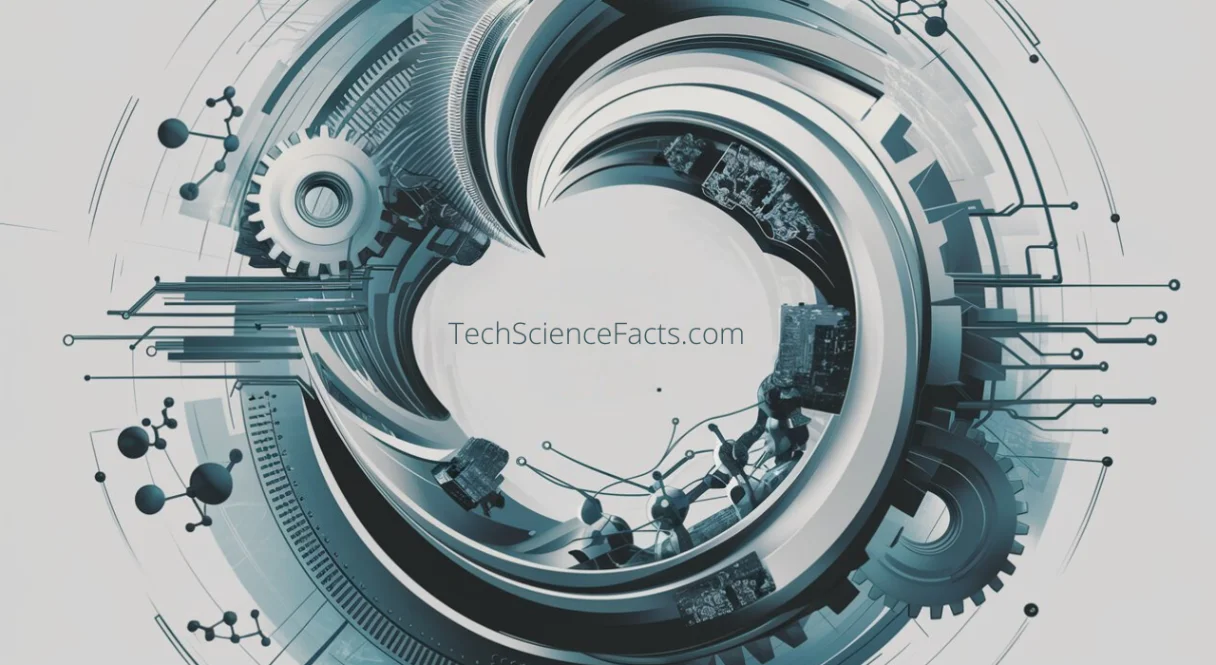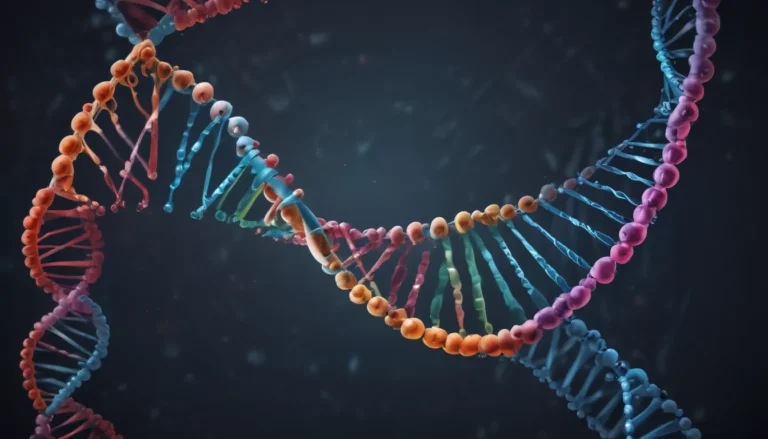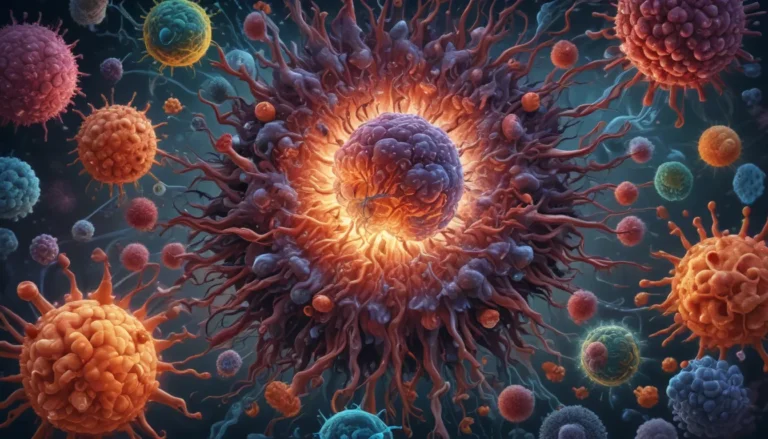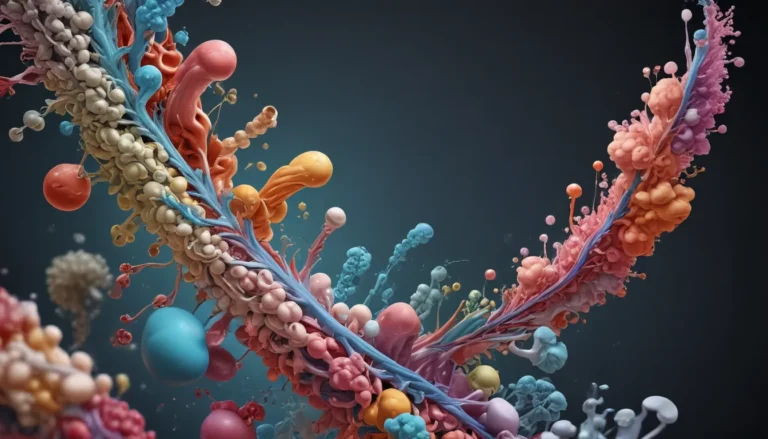A Note About Images: The images used in our articles are for illustration purposes only and may not exactly match the content. They are meant to engage readers, but the text should be relied upon for accurate information.
In the mesmerizing world of biology, the innate immune response stands as a captivating and enigmatic system that serves as the frontline defense against invading pathogens. This intricate mechanism acts swiftly to recognize and eliminate foreign substances, showcasing its remarkable adaptability and versatility in safeguarding our bodies. Join us on a journey as we uncover 13 mind-boggling facts about the innate immune response that shed light on its complexity and efficiency.
Delving into the Enigmatic Realm of the Innate Immune Response
The innate immune response, although often overshadowed by its adaptive counterpart, plays a vital role in our body’s defense mechanisms. From its ancient origins to its ability to distinguish self from non-self, this system showcases an array of fascinating features that continue to intrigue scientists worldwide. Let’s embark on a quest to unravel the mysteries of this remarkable defense system and gain a deeper understanding of its inner workings.
The First Line of Defense: A Swift and Vigilant Guardian
- Rapid Response: The innate immune response acts as the body’s first line of defense against pathogens, swiftly neutralizing potential threats within minutes to hours of detection. It comprises a diverse array of cells, including macrophages, neutrophils, and natural killer cells, working in harmony to protect us from harm.
Evolutionary Tales: Tracing the Ancient Origins of Immunity
- Evolutionary Antiquity: The innate immune response predates the adaptive immune system found in higher vertebrates, showcasing its evolutionary antiquity. This system has evolved over millions of years to combat a wide range of pathogens, highlighting its adaptive prowess in the face of ever-changing microbial threats.
Pattern Recognition: Unveiling the Secrets of Immune Surveillance
- Pathogen Recognition: At the core of the innate immune response lies pattern recognition, where specialized cells possess receptors capable of identifying common patterns on pathogens known as pathogen-associated molecular patterns (PAMPs). This mechanism enables the immune system to mount a rapid response against invading microbes.
A Symphony of Defense: Orchestrating a Multifaceted Response
- Inflammation Dynamics: Inflammation serves as a hallmark of innate immune response activation, facilitating the recruitment of immune cells to the site of infection and kickstarting the process of pathogen elimination. While inflammation is a crucial defense mechanism, its excessive activation can lead to tissue damage and the development of diseases.
Complementing Strength: Harnessing the Power of Complement Proteins
- Complement System: Integral to the innate immune response, the complement system comprises a group of proteins that collaborate to enhance immune responses. From aiding in pathogen recognition to activating inflammatory responses, these proteins play a pivotal role in fortifying our body’s defense mechanisms.
Unveiling Antimicrobial Arsenal: Weapons Against Microbial Invaders
- Antimicrobial Molecules: The innate immune response deploys an array of antimicrobial molecules, including antimicrobial peptides, reactive oxygen species, and lysozymes, to directly inhibit the growth and survival of pathogens. These potent weapons form an essential line of defense against microbial invaders.
Memory Lane of Immunity: Challenging Traditional Notions
- Memory-Like Characteristics: Contrary to its traditional classification as non-specific and lacking memory, recent studies suggest the presence of memory-like characteristics in the innate immune response. This discovery challenges conventional understandings of immunity and opens new avenues for exploration.
Balancing Act: The Dual Nature of Immune Response
- Double-Edged Sword: While essential for host defense, uncontrolled activation of the innate immune response can have detrimental effects. Excessive inflammation, in particular, can contribute to tissue damage and the onset of various diseases, highlighting the delicate balance within our immune system.
The Dance of Immune Partners: Interplay Between Innate and Adaptive Immunity
- Symbiotic Relationship: The innate and adaptive immune responses are intricately intertwined, with the innate immune system providing crucial cues and signals that shape and direct the adaptive immune response. This collaborative interplay creates a coordinated defense system capable of mounting targeted immune responses.
Aging Gracefully: Impacts on Immune Function Over Time
- Age-Related Changes: As the body ages, the innate immune response undergoes alterations that can affect its function. These changes may contribute to an increased susceptibility to infections and a decline in overall immune competence, underscoring the importance of immune health throughout the lifespan.
Eternal Enigmas: Quest for Immune Discoveries
- Unsolved Mysteries: Despite decades of research, the innate immune response continues to intrigue scientists with its enigmatic nature. There is still much to uncover about this complex defense system, with ongoing explorations offering new insights and potential therapeutic breakthroughs.
In the fascinating realm of the innate immune response, each discovery unveils a new layer of complexity and intrigue, showcasing the awe-inspiring adaptability of our body’s defense mechanisms. From ancient origins to modern-day challenges, this system stands as a testament to nature’s ingenuity and resilience, offering a beacon of hope in the fight against infectious diseases.
Unveiling the Immune Canvas: Painting a Brighter Future
In conclusion, the innate immune response emerges as a captivating tapestry of defense mechanisms within our bodies, orchestrating a symphony of responses to protect us from harm. Through its rapid actions, pattern recognition capabilities, and intricate interplay with adaptive immunity, this system stands as a sentinel against microbial threats, guiding us towards a healthier and brighter future.
As we continue to unravel the mysteries of immunity, each revelation brings us closer to unlocking new treatments and strategies to combat infectious diseases and bolster our health. By delving into the intricacies of the innate immune response, we embark on a journey of discovery that holds the potential to revolutionize the fields of immunology and medicine, paving the way for a world where health and well-being thrive.
FAQs: Navigating the Immune Terrain
- What is the innate immune response, and how does it differ from adaptive immunity?
- How do key components of the innate immune system contribute to immune defense?
- Can the innate immune response be strengthened or enhanced through lifestyle choices?
- What role does the innate immune system play in autoimmune diseases, and how is it regulated?
- How do age-related changes impact the function of the innate immune response?
- What are the ongoing challenges and discoveries in the field of innate immunity research?
In the endless quest for knowledge and discovery, the innate immune response stands as a beacon of resilience and adaptability, guiding us towards new horizons of understanding and innovation. As we navigate the intricate landscape of immunity, let curiosity be our compass and exploration our steadfast companion, paving the way for a healthier and brighter future for all.
So, are you ready to embark on a journey through the wonders of immunity and unravel the mysteries that lie within? Join us as we delve deeper into the enigmatic realm of the innate immune response, where each revelation shines a light on the brilliance of nature’s defense mechanisms. Remember, the adventure of discovery awaits – are you prepared to take the leap into the fascinating world of immunity and unlock its hidden treasures?






